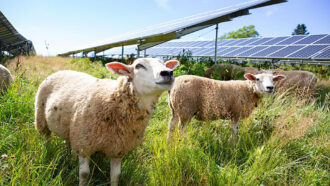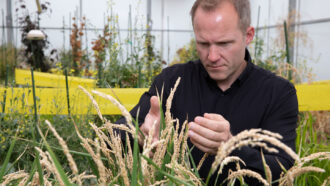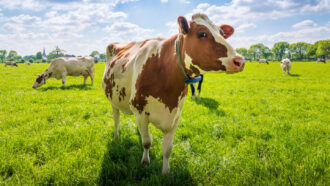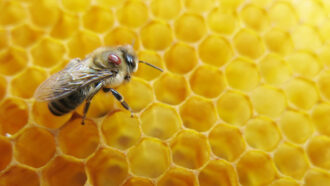Scientists Say: Domestication
This is the process that brings organisms out of the wild and into our lives
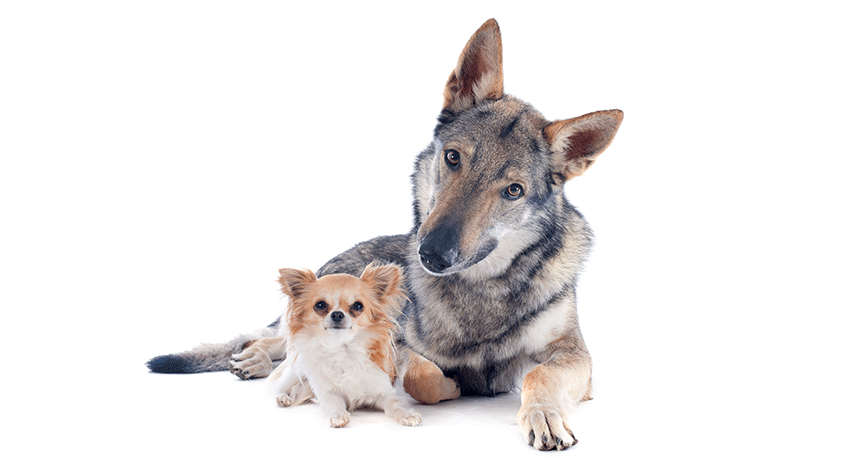
It may not look like this Czechoslovakian wolfdog and the smaller Chihuahua have much in common, but they were both domesticated from wolves.
cynoclub/istockphoto


